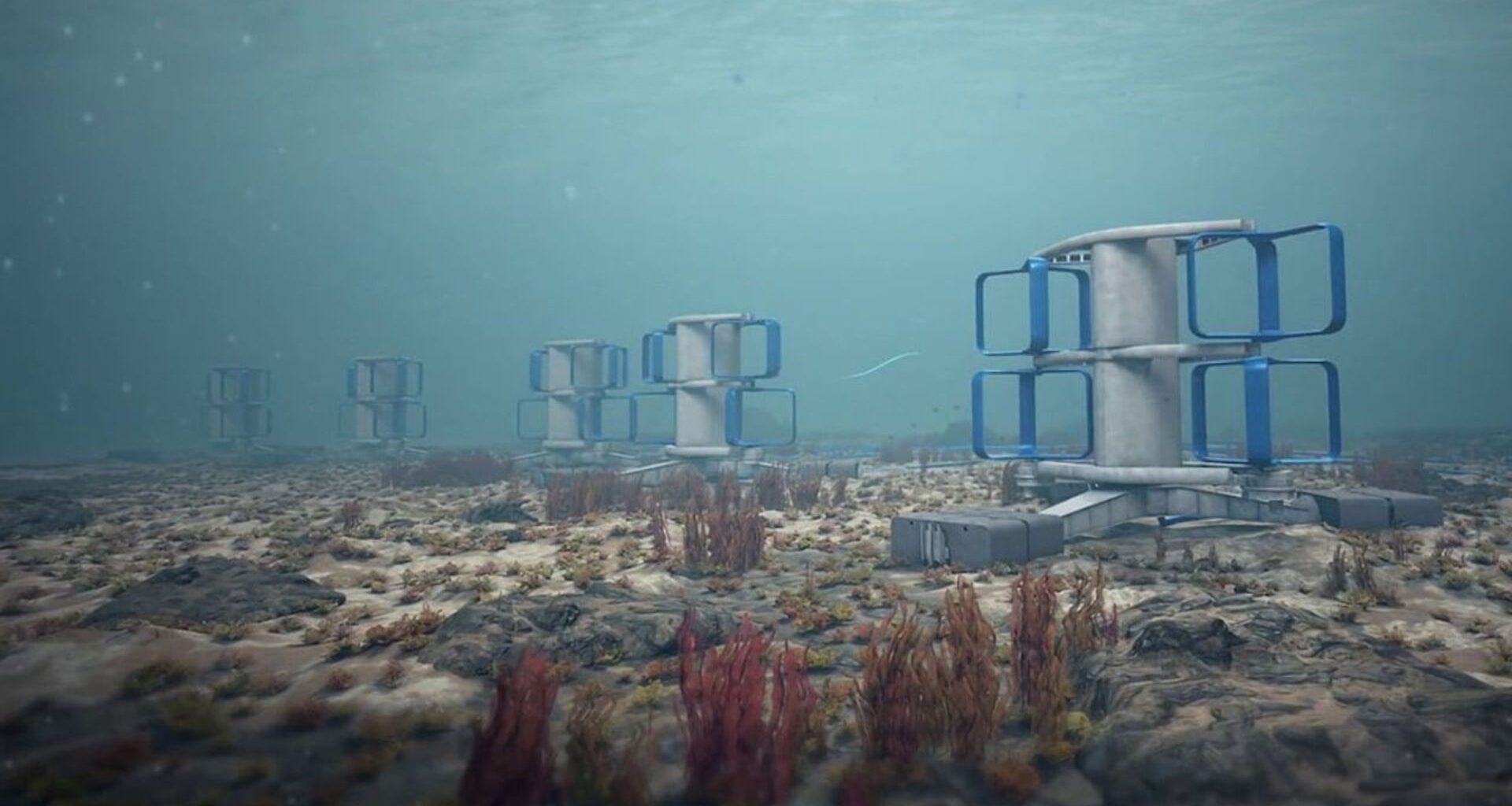The European Union has granted $55.1 million (€51 million) to establish two tidal farms in France.
French tidal energy company HydroQuest and tidal energy developer Normandie Hydroliennes secured the funding through the latest EU Innovation Fund call.
The funding will help renewables firm HydroQuest and Qair to install its 17.5-MW FloWatt tidal farm, which will launch in 2026. In the second project, Normandie Hydroliennes’ 12-MW NH1 tidal farm, with four turbines, is set for completion in 2028.
The European Commission has chosen 85 innovative net-zero projects in 18 countries to receive €4.8 billion ($5.19 billion) in grants from the Innovation Fund. This marks the largest funding round since the program began four years ago.
France’s green future
Climate change poses the greatest global challenge for this generation. To address this, Europe and France have launched their 2030 mandates, focused on accelerating the ecological and energy transition to cut carbon emissions significantly.
Renewable energies are vital to this mission. While wind and solar power have contributed to reducing fossil fuel reliance, their limitations—such as inconsistent sunlight and wind—highlight the need for reliable large-scale renewable sources to diversify the energy mix.
According to Ocean Energy Europe, hydroelectric energy serves as a crucial lever for France’s renewable transition, with tidal farms providing sustainable power through tidal currents. Tidal energy is fully predictable, driven by the Moon’s gravitational forces, ensuring a reliable electricity supply. With an energy reserve of 5 GW readily available, tidal power holds high potential to strengthen France’s energy independence.
Tidal power’s production costs are expected to match those of floating wind power by 2030, making it competitive in the decarbonized energy mix. Environmentally friendly, tidal turbines have minimal impact on marine ecosystems and are designed to be easily recyclable at the end of their lifespan.
This submerged technology remains invisible, without causing visual, sound, or maritime disturbances. Beyond environmental benefits, tidal power supports regional economies by benefiting SMEs and mid-cap companies. The sector’s industrialization is projected to create 6,000 new jobs in France by 2030, contributing to a cleaner and more resilient local economy.
Tidal energy milestone
HydroQuest, in collaboration with Qair, has been selected for funding to develop the 17.5-MW FloWatt tidal farm in Raz-Blanchard, Normandy, France.
The HQ 2.5 hydro turbine, developed by Hydroquest in collaboration with French industrial, scientific, and academic partners, builds on the success of a 1-MW test project at the Paimpol-Bréhat site (2019-2021). The test demonstrated 100 percent availability, certifying the technology’s reliability. The improved design of the new generation turbine is lighter, more efficient, and robust, with a lifespan of 25 years.
The pilot farm, part of the FloWatt project, will have a total capacity of 17.5 MW and use seven HQ 2.5 turbines manufactured locally in Cherbourg by CMN. The farm will produce enough electricity to power 20,000 homes.
Located just 3 km from the coast and submerged 30-35m underwater, the turbines remain invisible. Notably, 60 percent of the project’s value is sourced from French companies, emphasizing local production and economic impact.
The installation of Normandie Hydroliennes’ 12 MW NH1 tidal farm project, located near Raz Blanchard, Normandie, has been awarded. With four 3 MW turbines—the most potent tidal turbines to date—it is expected to be completed by 2028 and generate 33.9 GWh annually.
The additional 29 MW will increase the total pipeline of publicly supported ocean energy projects in Europe to 179 MW across 15 initiatives over the next five years. Ocean Energy Europe claims this development highlights the crucial role of funding support in enabling commercial-scale projects and accelerating the industrialization of ocean energy.
“These 2 awards are another proof that tidal has reached technological maturity and is on its way to commercialization. These 2 farms will be the largest in the world by the time they hit the water,” said Rémi Gruet, CEO of Ocean Energy Europe.
